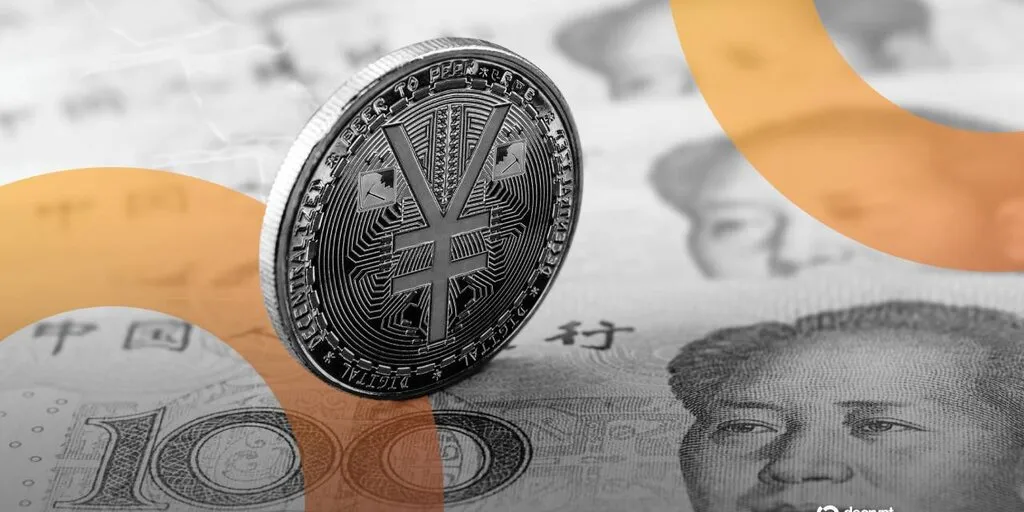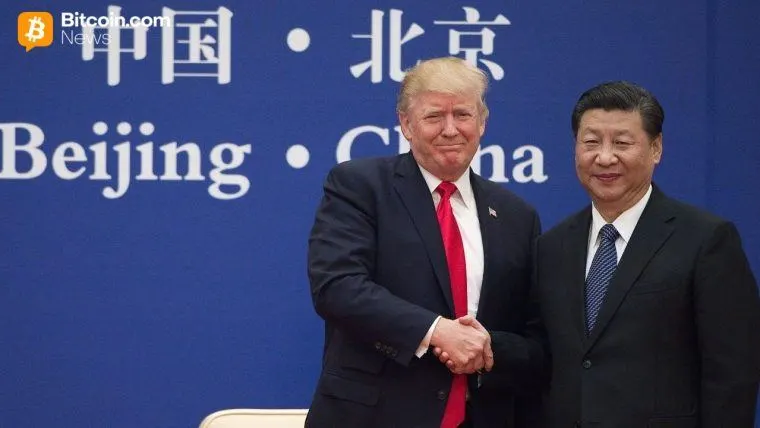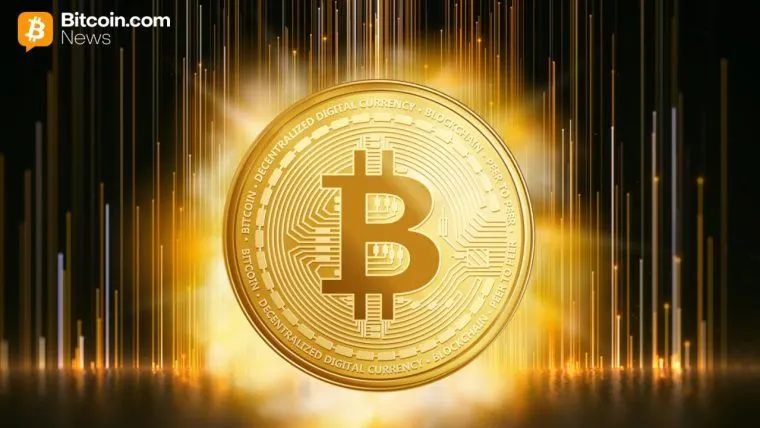In late October, signals regarding the "suspension of 100% tariffs on China" emerged, loosening the previously tight global risk appetite—a rapid return of Bitcoin to the $115,000 level and Ethereum pushing up to around $4,200, with market sentiment shifting from cautious observation to tentative buying. The extreme pullback from a week earlier is still fresh in memory: the dramatic fluctuations between October 10-11 were referred to by Reuters as "the largest single-day wipeout in history," with Bitcoin once dropping 14% from its historical high to the $104,000 range; subsequently, the market fluctuated downwards and then recovered, with the focus returning above $115,000. This "ups and downs—reset" rhythm provided ample flexibility for policy catalysts.
This rise is not a mere replication of "old-time revelry." While short-term funds flowed back, volatility remained under control, and the futures-spot structure resembled a "risk discount recovery": macro uncertainty decreased → risk compensation requirements lowered → prices returned to a reasonable range. If we view October as a stress test, the suspension of tariff clouds seems to have given the market a "verifiable reason" to erase panic discounts, rather than pushing sentiment to extremes again.
The "layered recovery" in on-chain and trading data is quite typical: some large addresses increased their positions "after the news confirmation," rather than acting blindly during the rumor phase—this rhythm is closer to "structured layout," amplifying mid-term certainty within a converging volatility range, rather than chasing short-term exuberance. Meanwhile, retail trading activity has recovered more slowly, with more funds parked in stablecoins and short-term financial products; this "slow response" is not fear, but an instinctive preference for a "sustainable—verifiable" framework: waiting for mechanisms to be implemented before leveraging. Unlike previous rounds of purely emotion-driven rapid increases, this wave in October resembles a path of "institution/whale leading—retail verifying and following." (Yahoo Finance)
What can more tangibly perceive "funds searching for anchors" is the differentiation within sectors.
Privacy sector: Zcash (ZEC) experienced a rare acceleration from early to mid-October; after standing above key moving averages, the open interest in futures surged above $300 million, and the on-chain "protected transaction volume" increased, becoming a narrative focal point; the price once approached the $300 mark. Privacy assets often serve as a "structural hedge" during periods of geopolitical and macro fluctuations.
AI/identity and new narrative fragments: New projects marketed with "decentralized identity" as a selling point once led the weekly rankings, with the market voting with funds to verify the hypothesis of "application layer necessity"—still in the early narrative stage, with significant valuation elasticity, but sustainability remains to be observed.
On-chain settlement and L2 migration: Funds are focusing on "more efficient, lower fee" scenarios; both exchanges and on-chain data weekly reports mention that users are migrating to Layer 2 and high-efficiency public chains (such as Solana, TRON, etc.), with a mild diversion in total locked value in DeFi, and the market capitalization of stablecoins continuously expanding, providing a more stable liquidity base for "trading and staking returns."
The commonality among these fragments is that they all provide some form of "explainable certainty." Privacy serves as a hedge logic during policy volatility, identity/AI represents "new demand trial and error" on the application side, while L2/high-efficiency public chain migration and stablecoin expansion pave the way for a new round of risk-bearing "paved roads." In other words, funds are no longer indiscriminately chasing "hype," but are selecting structures that are "more resilient to the next uncertainty."
Main line one: Policy is the igniter, and mechanisms are the fuel. The suspension of tariff clouds has reduced systemic discounts, but sustained upward movement requires "mechanism support"—more transparent regulatory communication, more predictable liquidity supply, and more robust risk hedging tools. The drop and subsequent rise in October precisely illustrate that relying solely on sentiment cannot maintain trends; the market is telling us through positions: news can initiate, but structure determines endurance.
Main line two: A return of risk appetite does not equal a return of leverage. From Reuters' depiction of this month's plunge and recovery to trading platforms' market reports, price resets have not led to "uniform acceleration across the market," but rather "differentiated rhythms": large accounts increased positions after confirmation, while conservative configurations among retail remain mainstream, and the separation of derivatives and spot rhythms indicates that this round of upward movement resembles "multi-factor repricing," rather than "single-factor emotional explosion." This is also why prices after the short squeeze did not experience a rapid uncontrolled surge like in 2021.
Main line three: The "certainty anchors" of sector rotation are changing. Privacy, identity/AI, L2 migration, and stablecoin expansion correspond to four types of certainty—policy hedging, application necessity, efficiency dividends, and liquidity base. Together, they form a new investment matrix of "risk bearable—returns explainable." In simpler terms: the market is shifting from "storytelling coins" to "coins that can explain cash flow/efficiency/demand."
From a more macro perspective, October's "drop—reset—rise" serves as a public lesson on market maturity:
The public discourse has shifted from "Is the bull market back?" to "Which structures can hold up?"—the direction of the question determines the flow of funds;
The supply side of the industry is fine-tuning: "efficiency supply," represented by L2, lightweight settlement, and stablecoin expansion, is improving the cost-effectiveness of risk-bearing; the funding layer shows "fast and slow coexistence": whales are faster, retail is slower, but both are moving towards the "mechanism verifiable" side.
What to watch next are not slogans, but three quantifiable touchpoints:
Volatility and leverage structure: If prices rise slowly while leverage remains stable/declines, it indicates that the "rational bull" is still in its infancy;
Net increase in stablecoins and L2 settlement volume: These two determine the sustainable "water level" and are leading indicators of whether risk appetite has truly recovered;
Sector "endurance": Whether privacy/identity/AI concepts can translate into real usage determines whether the narrative can evolve from "sprinting" to "jogging." (The weekly gain leaderboard in October can provide hints, but we need to look at the continuity over 4-8 weeks.)
Finally, an open summary: This rebound, rather than marking the beginning of a "bull-bear struggle," is more about a rebalancing of "structure and emotion." Policy easing provides a starting point, but where the endpoint lies depends on whether we are using more reliable mechanisms to carry this expectation. The market may not return to the noisy era driven by narratives, but as long as the triangle of "efficiency—liquidity—trust" continues to be reinforced, being slower may also mean going further.
Related: U.S. Treasury Secretary Yellen: Substantial progress in U.S.-China trade framework
Original text: “After the 'suspended 100% tariffs' dissipate: Who is quietly changing the direction of this rebound?”
免责声明:本文章仅代表作者个人观点,不代表本平台的立场和观点。本文章仅供信息分享,不构成对任何人的任何投资建议。用户与作者之间的任何争议,与本平台无关。如网页中刊载的文章或图片涉及侵权,请提供相关的权利证明和身份证明发送邮件到support@aicoin.com,本平台相关工作人员将会进行核查。




